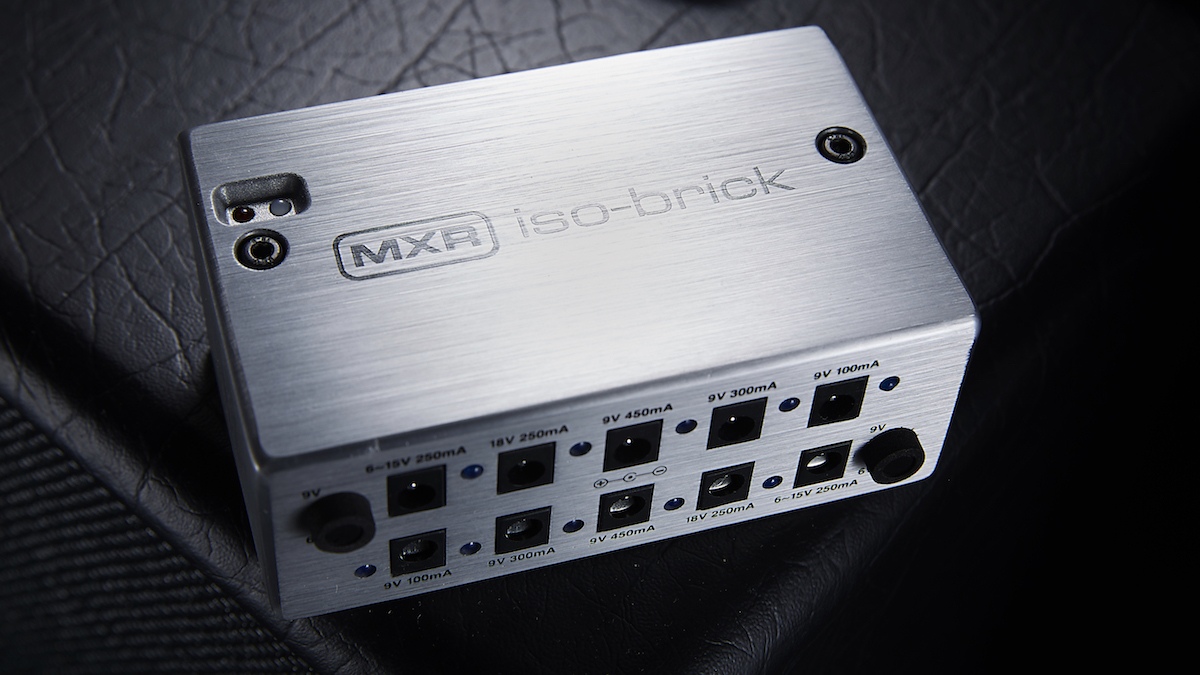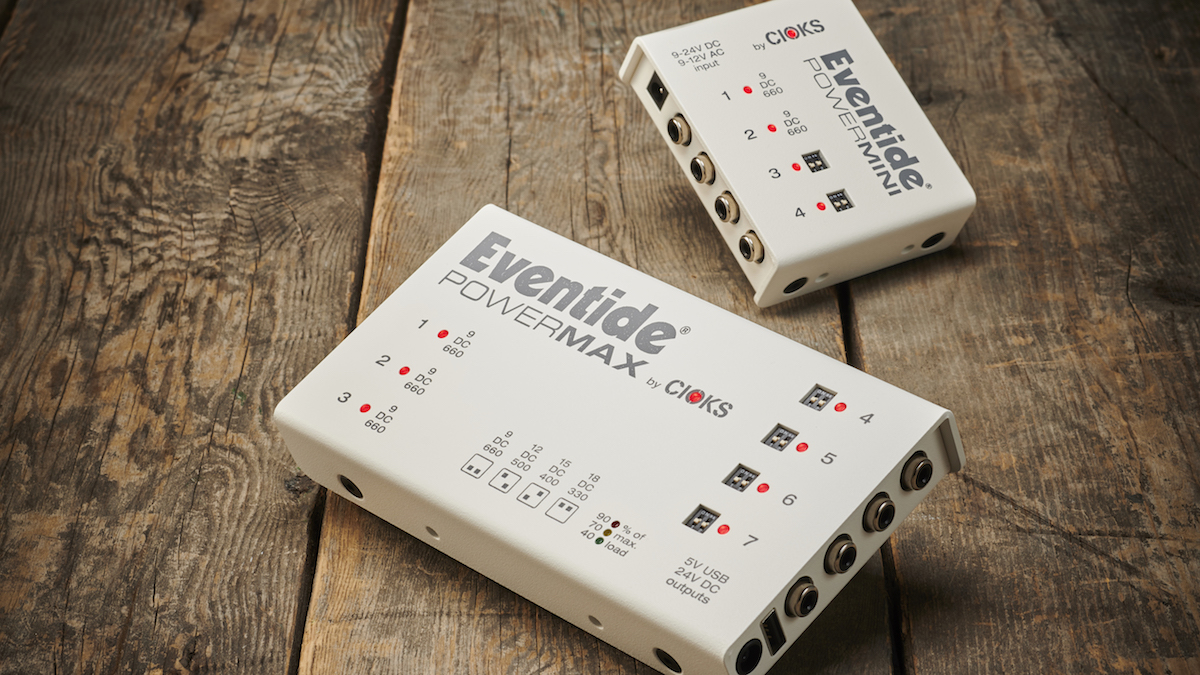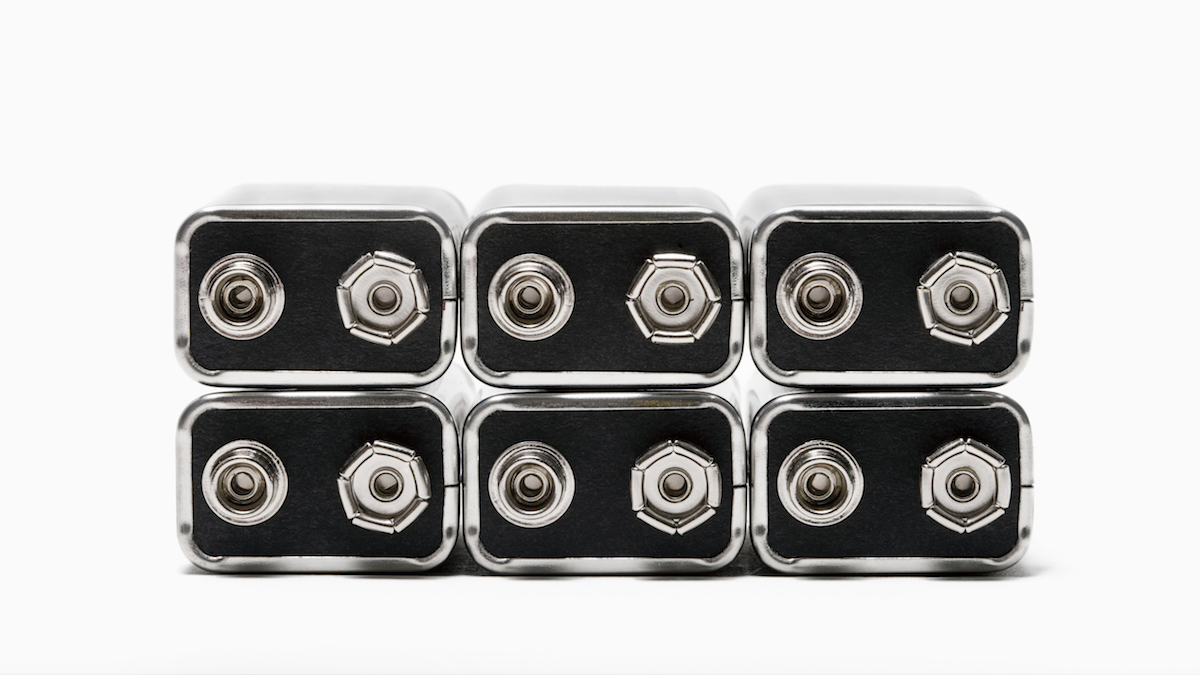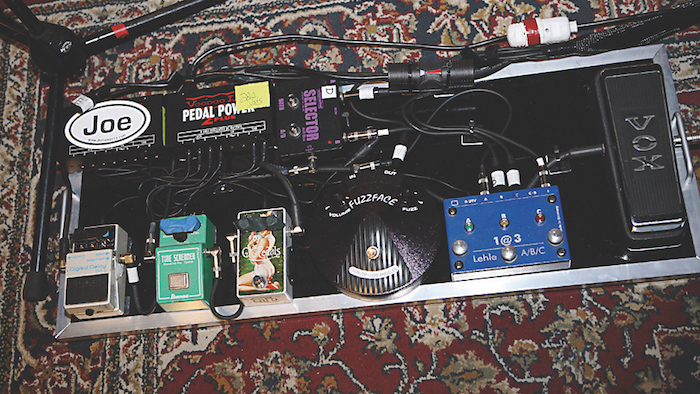9 reasons you need a pedalboard power supply
From ditching batteries altogether, to running different voltages and the potential for 'board expansion, here’s why we’re big fans of the humble PSU

Any discussion of pedalboard power supplies has to come with the disclaimer that they are hardly the shiniest or most fun thing you can buy for your rig. Nevertheless, apart from a decent distortion, delay and guitar tuner, they're the most important purchase you can make for a pedalboard.
No crowd will ever notice the difference between subtle flavors of overdrive, or a modern amp sim and the real thing, but they will notice ground hum and signal noise. Moreover, they'll definitely notice your rig cutting out because of a dead battery.
With that in mind, we’ve compiled nine convincing arguments as to why a pedalboard power supply should be next on your hitlist. If you decide to take the plunge, there’s some buying advice further down the page too.
1. It's more 'pro'
Sometimes, having well laid-out, tidy gear can be inspiring on its own. Having a brick on the underside of an aluminium rack board with a proper IEC in is tidy, looks neat and changes the 'feel' of your setup. This means it will probably affect how you play, too.

2. It's quieter
Given that we're only talking about isolated power supplies here, we can assume you're upgrading from batteries or a cheaper daisy chain. Now, technically it might not be quieter than discrete 9V batteries, but it will be quieter than using a cheap wall wart or daisy chain power supply. When we finally bought an isolated PSU, we were stunned by the difference. It turned out our practice space had poor wiring, and the isolated PSU radically lowered the noise floor.
3. You can run different voltages
Compared to both a battery and a cheap power supply, most decent isolated power supplies will have at least one variable voltage output. If you have overdrives that can be run at a higher headroom using a higher voltage, then these are ideal for getting the most out of your drives.
4. There are no batteries to run out
Besides the environmental impact of using batteries, there's also the bother of changing them. Admittedly, on a Boss-style pedal, that's pretty easy, and doesn't involve taking the pedal off your board. However, for most boutique-style pedals in Hammond enclosures, you have to take the pedal off your board and take the back off to change a battery. More than the hassle though, there's the risk of a dead battery taking your whole board down. For most true-bypass pedals, this is unlikely to be an issue, but buffered pedals can often pass no sound if they aren't powered.
Get The Pick Newsletter
All the latest guitar news, interviews, lessons, reviews, deals and more, direct to your inbox!

5. A higher amp supply
If using a cheap wall-wart PSU or daisy chain, it will have a limited amount of current that it can deliver. Let's say it's 500mA. That's enough for a few pedals, but add complicated digital delays and even if you daisy chain, the current draw will become too much. Some very big units can draw as much as 1A, but that is very uncommon.
The benefit then of an isolated power supply is not just noise reduction, but that each discrete port can deliver up to its maximum rated draw, with no issues. Some PSUs are designed such that they can route any unused draw to high-output sockets that are drawing more, which is the case on the Truetone CS-12. This is useful if you have, say, an old-school Whammy. So long as there's enough excess capacity, the CS-12 will happily supply the monster 1.3A the pedal draws!
6. Ergonomics and portability
Compared to a daisy chain, the tidiness of having a single IEC lead and brick securely anchored to the underside of a board has another benefit - improved ergonomics. The board is easier to use, easier to move, and quicker to set up. Back in the day when we had two wall-warts, we had to find two plugs at the venue, and although it sounds like a very minor issue, it's certainly easier to just rock up, plug in a single socket and go.
7. You might have no choice
Put simply, many modern pedals for space or other reasons don't even have a battery clip anymore. So-called 'micro' pedals almost without exception require a power supply to use them. A lot of boutique pedals opt to use the space that would be occupied by a battery for cramming in more circuitry.

8. It's easier to expand
If you get a larger power brick that supports 6, 8 or even 10 or more pedals, it means that however many pedals you currently have, you have room to flex up to the maximum number of pedals supported by the PSU. As a result, some of those larger supplies that are more than the cost of a pedal start making more sense, as you buy it once and it'll grow with you for a decade.
9. It gives you a limit
The reverse is true as well - if you have a power supply that will run, say, ten pedals, it gives you a useful creative limit to work within. At one point, we ran two boards, totalling 25 pedals, but a new power supply forced us to rethink, bringing it down to ten pedals on a Pedaltrain JR. Since then, this board has stayed unchanged for nearly four years - unlike the weekly chopping and changing that happened before.
What to look for in a power supply

There are three things you need to be aware of when choosing a power supply. Most importantly, whether it's isolated or not. Second, how many ports it has. Third, how many amps or milliamps of current the ports can deliver.
Isolated simply means that each output is isolated from every other. It's like giving each pedal its own power supply straight to the wall. Better, because isolation uses a transformer, it also provides decoupling from wall noise. Without an isolated power supply, one noisy pedal can bleed power line noise into all the pedals on your board. Although there's a difference in price, non-isolated power supplies aren't worth bothering with. Isolated PSUs can't eliminate all sources of noise, but they cover the main bases for a stable and consistent sound. They also tend to be better quality, meaning they don't introduce power-line noise of their own.
Ports and power supply in amps or milliamps is pretty straightforward. More ports means more pedals. Current draw is interesting, as many pedals draw very little, but complex digital delays and anything with a screen will draw substantially more. This is why a cheap power supply might not be able to drive several digital delays. An isolated PSU with multiple 500mA outputs won't even blink.
Some power supplies also have additional features, like daisy chaining, IEC outs, or a port with variable voltage to mimic a dying battery. Unless you have a very specific need, most of these 'power user' features are unlikely to swing your decision. The one feature that might is having a dedicated 9V AC out, which is useful for running older Digitech products like the Timebender, Whammy IV and below, and other weirdo 90s units like the XP-300 Space Station.
The final thing to consider is that although 9V DC, centre-negative is the de-facto standard for pedals, some are 12V or 18V. In reality, most of these will run on 9V, but it's always worth checking the manual. Many power supplies have a couple of outputs that can be switched up to 12, 15 or 18 volts to accommodate this.
Alex Lynham is a gear obsessive who's been collecting and building modern and vintage equipment since he got his first Saturday job. Besides reviewing countless pedals for Total Guitar, he's written guides on how to build your first pedal, how to build a tube amp from a kit, and briefly went viral when he released a glitch delay pedal, the Atom Smasher.
“An all-in-one power solution, on or off the grid”: D’Addario’s rechargeable XPND Pedal Power promises to make your ’board more portable – but only if you daisy chain
“Our new power supplies are about as state-of-the-art as you can get”: How Truetone’s game-changing 1 Spot Pro series is continuing to provide pro pedalboard power to the masses with the new CS11 and XP5










